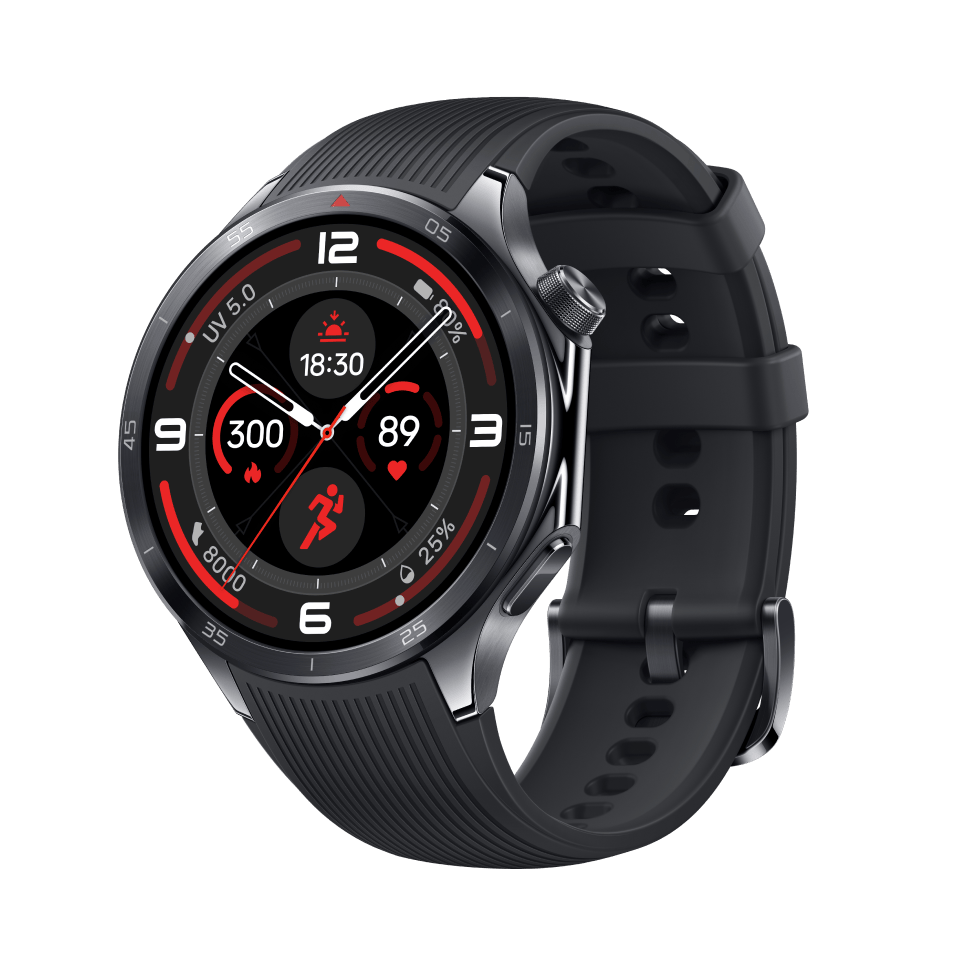
You Don’t Need a Local SIM Anymore — Here’s Proof
Remember the old travel tip everyone used to swear by?
“Just buy a local SIM card when you land. It’s cheaper!”
Yeah… that era is pretty much over.
It’s 2025, and let’s be real — no one wants to deal with airport kiosks, confusing data plans in a foreign language, or getting stuck without signal because you haven’t found a shop yet. These days, eSIMs are not just an option — they’re the better choice in almost every way.
And I’ve got the receipts to prove it.
First: What’s an eSIM, Really?
If you’re new to the concept, here’s the quick version:
An eSIM (short for embedded SIM) is a digital SIM card already built into your phone. No need to fiddle with trays or poke your phone with a paperclip. With just a QR code or an app, you can activate a mobile plan in minutes — even before you leave your house.
Modern phones like the iPhone 11 and newer, Google Pixel 3+, and most Samsung Galaxy models already support it. And even travel routers and smartwatches are catching up fast.
Now, the Big Shift: eSIMs Are Everywhere
Here’s the truth:
eSIM coverage is now available in over 195 countries.
That’s not a vague “international coverage” marketing phrase. That’s actual availability from eSIM providers like Airalo, Airhub, aloSIM, Nomad, and others — covering 95%+ of the most visited destinations in the world.
Let’s name names:
| Country | eSIM Available? | Local SIM Still Necessary? |
|---|---|---|
| France | ✅ Yes | ❌ No |
| Italy | ✅ Yes | ❌ No |
| USA | ✅ Yes | ❌ No |
| Japan | ✅ Yes | ❌ No |
| Mexico | ✅ Yes | ❌ No |
| Thailand | ✅ Yes | ❌ No |
| UAE | ✅ Yes | ❌ No |
| South Africa | ✅ Yes | ❌ No |
| Australia | ✅ Yes | ❌ No |
Even traditionally tricky countries like China, Turkey, and Egypt have widely available eSIM plans — sometimes offered directly by local operators or through global providers.
Let’s Talk Numbers
Still not convinced? Check out these stats:
- 85% of travelers in 2024 who used an eSIM said they wouldn’t go back to a physical SIM, according to a survey by GSMA Intelligence.
- Leading eSIM marketplaces now offer local, regional, and global plans — many starting at under $5.
- Over 70% of the top 100 global airports now don’t even bother offering SIM vending machines anymore, because so few people are buying them.
And then there’s convenience. Think about this:
| Feature | Local SIM | eSIM |
|---|---|---|
| Buy in advance | ❌ | ✅ |
| Works instantly upon arrival | ❌ | ✅ |
| Can switch carriers without removing SIM | ❌ | ✅ |
| Requires passport registration | ✅ (often) | ❌ |
| Multilingual setup | ❌ | ✅ (most eSIM apps are multilingual) |
Real-Life Scenario: Which One Sounds Better?
Scenario A:
You land in Bangkok at 11 PM. You’re tired. You can’t find the SIM booth. You wait in line. You struggle to understand the plan options. You hand over your passport and cash. You fumble with your SIM tray. You finally get online — 45 minutes later.
Scenario B:
You scan a QR code on your phone while boarding. You land in Bangkok. As the plane taxis, you get a welcome SMS. Boom — you’re online before you even leave the runway.
Guess which one most travelers are choosing these days?
But Is It More Expensive?
Not necessarily. Actually, eSIM plans are often cheaper than local SIMs, especially for short stays.
Take these current examples (June 2025):
- Spain: Local SIM from Movistar – €15 for 10GB
eSIM from Airhub – €8.90 for 10GB - Japan: Local SIM from SoftBank – ¥3,300 for 5GB
eSIM from Nomad – ¥2,000 for 10GB - USA: Local SIM from T-Mobile – $40 for 10GB
eSIM from aloSIM – $15 for 10GB
Prices are dropping fast, and most eSIM providers let you top up, extend, or switch plans easily. Plus, you can compare them all in one place — no need to run around the city.
eSIM Providers Now Compete on Features, Too
The market’s maturing, and these digital players are stepping it up:
- Data rollover
- Free virtual numbers (like from Hushed or OnOff)
- Built-in VPNs
- Dual profiles (e.g. keep your home SIM for calls, use eSIM for data)
- AI-driven plan recommendations (some even adjust your data usage in real-time)
This kind of flexibility? Local SIMs can’t even come close.
What About Reliability? eSIM vs local SIM
Great question — and a valid one.
Some early adopters had mixed results in the past. But as of 2025, eSIM providers are sourcing directly from tier-one mobile networks in most countries. You’re not getting some janky third-party reseller bandwidth — you’re getting Vodafone, Orange, T-Mobile, AIS, Telcel… the big names, just in digital form.
Also, most eSIM apps offer live customer support, multilingual help, and detailed APN settings preloaded — so setup is smoother than ever.
Okay, So When Would You Still Need a Local SIM?
Let’s be fair: there are a few situations where a physical SIM might still make sense:
- You’re staying long-term (6+ months) and need a local number for banking or ID.
- You’re using an older phone that doesn’t support eSIM.
- You need unlimited data and the local carrier has a truly unbeatable deal.
That’s about it. For 95% of travelers, the eSIM route is now the smarter move.
Final Thoughts — Stop Waiting at the Airport
The world has changed. Travel has changed.
And the way we connect should change, too.
Buying a local SIM used to be smart.
Now? It’s a hassle.
With an eSIM, you just scan, land, and go.
No lines. No language barriers. No physical plastic to swap.
So next time someone tells you to buy a SIM when you land, tell them this:
“Thanks, but I’m already online.”











